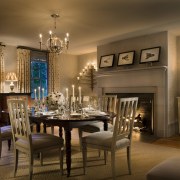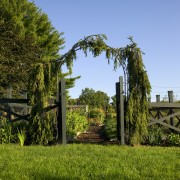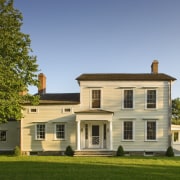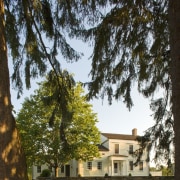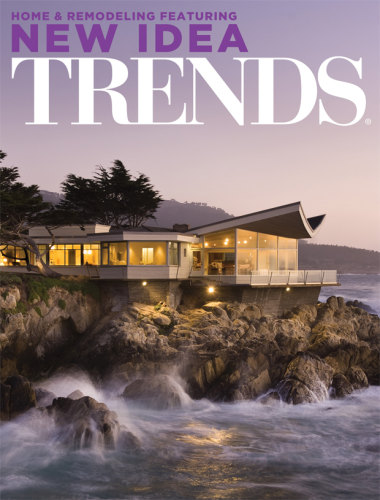With respect to the past
This grand residence has been extended at the rear thoughtful interior design acknowledges its history and creates a nurturing family environment
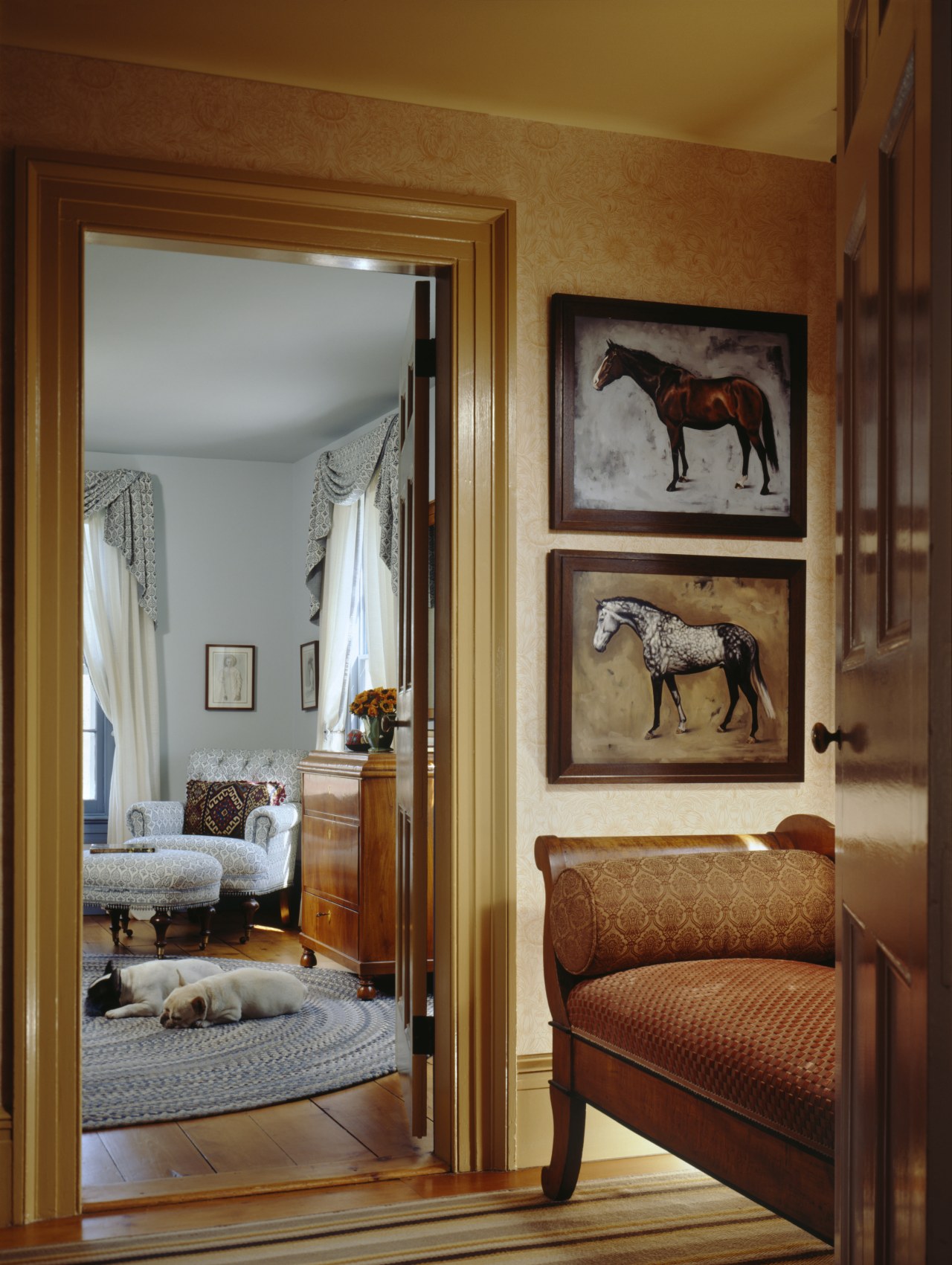
When reinstating a sense of grandeur and time passing to a period home, it is worth noting that the original, the rumpled, even the not-quite-fitting can all be treated as salutes to the past rather than elements that need replacing.
This substantial early 19th-century house has been extended at the rear to accommodate a new kitchen, family room and porch on the first floor and a master suite on the second level. However, this is only one part of a painstaking restoration and interior decoration by owner and interior designer Darren Henault.
"The addition aside, much of the work simply involved removing walls that had been introduced at different points down the years and stripping out old wiring," says Henault. "From the good bones of the original dwelling, we wanted to create a family home that would be comfortable, welcoming and entertaining to the eye at every turn."
Right from the original front door, which still allows the odd draft, to the naturally worn entry rug, visitors sense an environment that has a lived-in history.
"To some extent, we have sacrificed comfort and convenience to achieve authenticity."
"The original windows, doors and door frames are retained throughout, for example," says Henault, "even though this means we have to put up storm shutters over winter and a visitor may be detained in a guest bedroom for an anxious half-hour while an aged lock is oiled or a century-old door is unjammed."
This sense of history is furthered through the retention of the original floors. Where boards have been replaced, patched or reconciled, the workings have been left exposed.
These points of preservation set the scene for the entire, lovingly detailed interior design.
"The feeling of lives lived and generations witnessed is also achieved by the introduction of disparate furniture, furnishings, wall treatments and other design elements the idea being they have been collected over time.
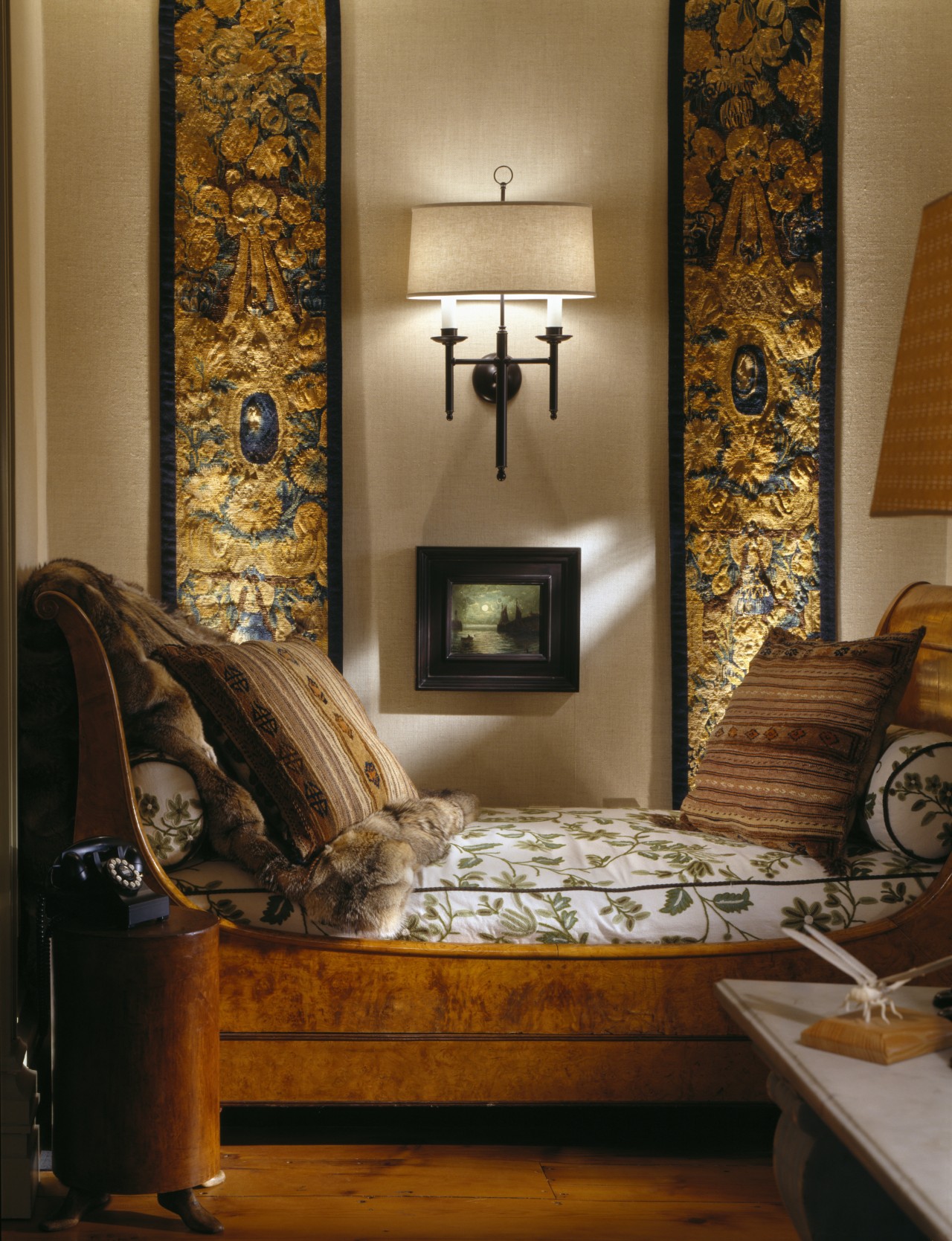
"These various elements sometimes drawn from different continents or decades all work together through commonality of scale, tone, or simply a shared sense of individuality."
Besides celebrating the past, the residence is a cozy family environment for Henault, his partner, and their young children. A layering of textures and patterns throughout plays an important part in this warm ambiance.
"Some important rules of thumb applied in dressing these rooms," says Henault. "The look of pattern-on-pattern in many of the spaces works well because it is used consistently.
"Juxtaposing plaid with plain, for example, will mean one or other will stand out. However, when all elements are patterned, the effect is more balanced and even restful."
The new family room at the rear of the home offers a good example of this. A variety of textures and patterns works together to create an informal feel. This was particularly important for this area, where children can romp freely, with parents safe in the knowledge that the plethora of patterned motifs hides the odd shoe scuff or chocolate handprint.
To give this room a touch of glamour and bring it up to the high style seen in other living spaces, ornate cornices were introduced. These 18th-century ornamental pieces were designed in hand-carved wood, which was then coated in plaster, which is more easily detailed than wood. In turn, the sculpted cornices were painted red and then gilded, with touches of the rouge left showing through.
To a degree, the different functions of the rooms dictated the design approaches. In the dining room where table conversation is the focus the treatments are refined but subdued. The walls are finished in a stenciled lacquer that is only just picked up by the lighting adding interest without overwhelming.
The formal living room, accessed from the opposite side of the entry foyer, reflects a more pronounced use of pattern and form. A textured linen applied to the walls is also found on the sofa base, but in a different hue. The fabric on the walls adds warmth and more importantly, quiet to the space a definite advantage in a bustling family residence.
The rules of balance are also seen in the grouping of mirrors above the restored fireplace one of six in the rambling house.
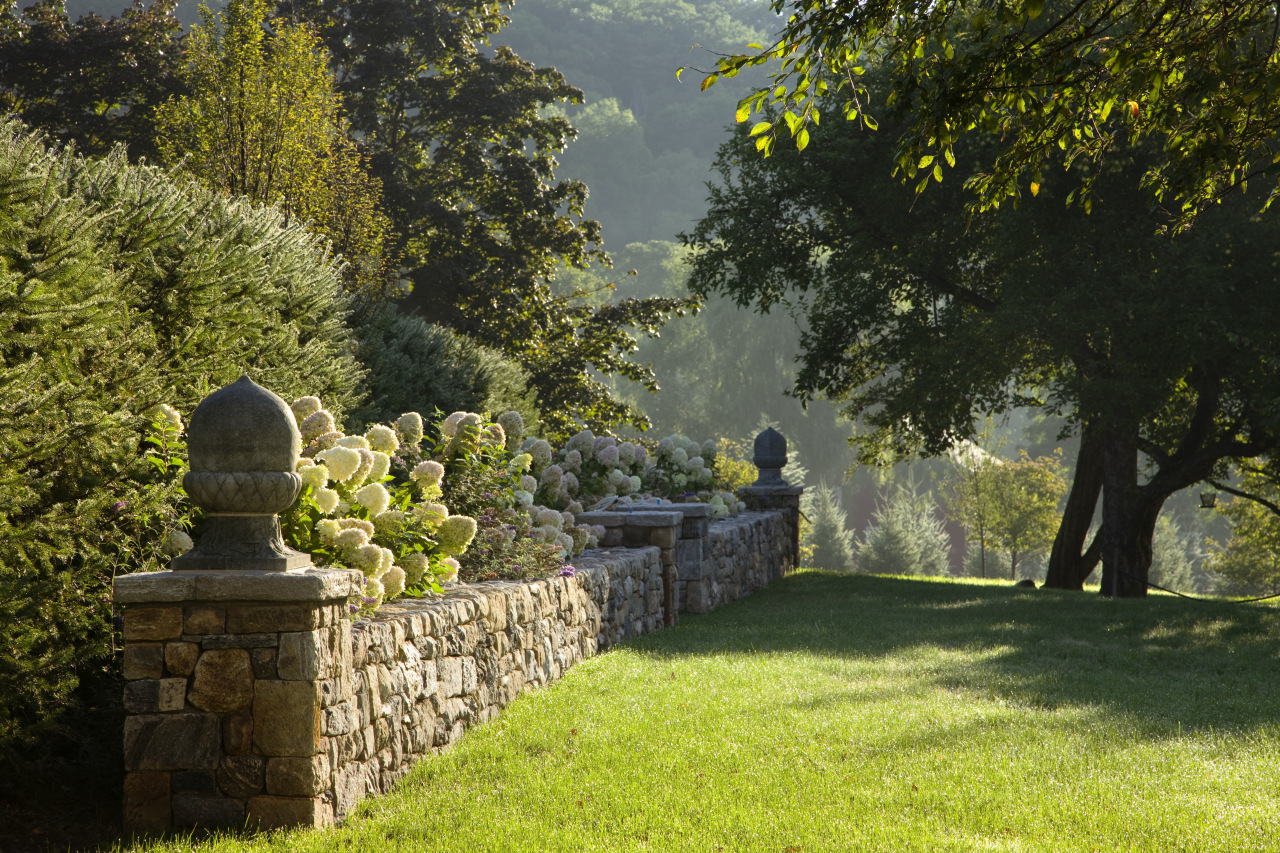
"Again, if we had hung one Napoleon III mirror over the mantle it would have become a standout feature," says Henault. "But a group of six works as a balanced adornment almost as another wall pattern."
Most living room furniture was sourced from the famous Les Puces flea market in Paris, along with pieces from England and local sources.
The combined kitchen and family room, and the master bedroom, are in keeping with the existing house. Beadboard on the kitchen island and period-look lighting are two elements that help the kitchen merge with the classic aesthetic.
Walls in the master bedroom are also finished in fabric, here a gingham, and this is extended to the shade of the floor lamp. Elements collected in this room include an 18th-century bookcase and the four-poster bed a reproduction of an American bed from the same period.
"The layered, cosseted look continues in the nursery, with a tartan armchair, hand-painted changing table and, again, the use of fabric as a wallcovering," says Henault.
Outside, to the side of the home, the porch looks out across a broad swathe of lilacs.
"I didn't want the porch to detract from the landscape beyond, so the floors are in a solid mahogany for a natural feel.
"There is also a cutting garden designed so that each week another species blooms. Cut flowers are always set out in the home."
Apart from a few modern touches such as stereo speakers and appliances, life here could well be like stepping back into times gone by.
Credit list
Landscape designer
Roofing
Windows
Wallcoverings
Kitchen cabinetry
Backsplash
Oven
Refrigeration
Builder
Siding
Floors
Heating
Countertops
Kitchen sink and faucets
Cooktop and rangehood
Dishwasher
Story by: Charles Moxham
Home kitchen bathroom commercial design
Social agenda
Masculine meets mixed use
At one with the Amazon

